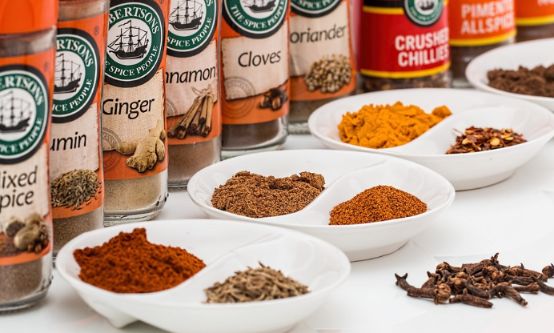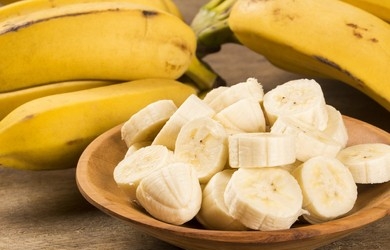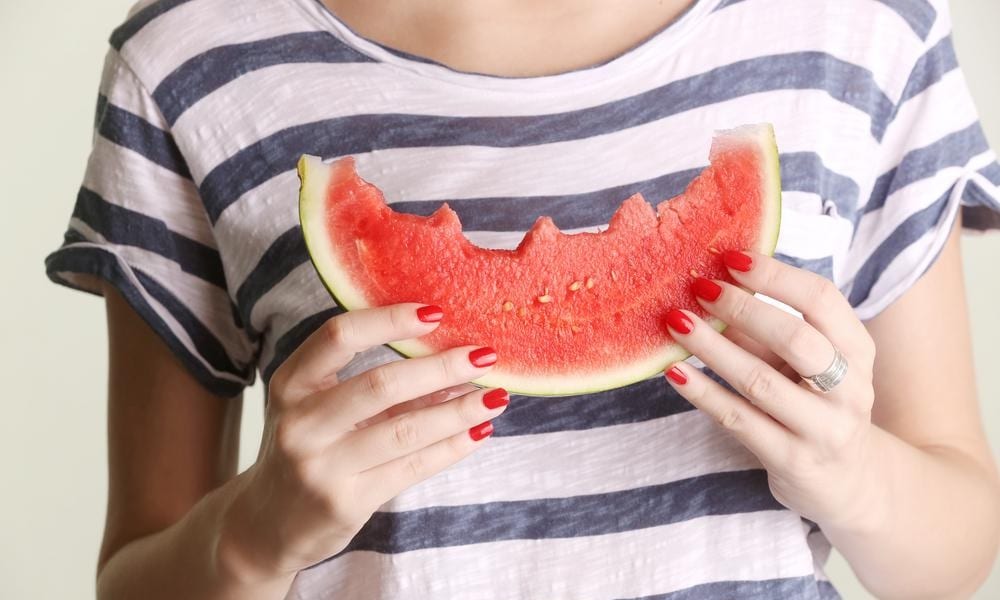Negative calorie food varieties are food varieties that take more energy to be processed than they will give you. To the extent that I could find, just virus water can be supposed to be a ‘negative calorie food’, however different food varieties are (inaccurately) proposed by certain food varieties to be pretty much as negative caloric too.
The normal contention spins anyway not around water, but rather plants. The cell dividers of plant cells are made of cellulose, which we people can’t separate in any huge way. A few vertebrates, called the ruminants, work around this by processing the food in various conditions, and they incorporate re-biting the food (called the ‘cud’ in this stage). We, people, work around this issue by preparing our food, which debilitates the phone dividers or even totally separates it for us.
The most widely recognized approach to quantizing this impact is by communicating the proportion of the caloric expenditure of processing the food over the profits you get from processing it at a rate. On the off chance that this rate is 100 per cent, the food gives however much it takes to process. If it’s 200%, it accepts two times as numerous calories to process the food as you get.
However, all food sources that have been investigated, including celery [1], don’t have caloric costs that surpass 100 per cent. Celery is at 8%, and proteins are at 20 to 30%. This implies that although they take somewhat much energy to process, the net equilibrium is as yet for acquiring energy, not losing.
There are, notwithstanding, food sources that may be negative calorie food sources, like grass. As said previously, ruminants (for example cows or sheep) have their stomach split into four unique ‘segments’, where they even mature the grass, and they take part in re-biting their food. That is a mind-blowing measure of work to transform grass into energy, yet it doesn’t mean the grass is a negative calorie food. Regardless, I was unable to track down any papers on eating grass, yet pop-science sites (which are a terrible wellspring of data on this) said the net equilibrium was as yet for giving energy*.
*Likewise worth considering is a deficiency of chance here. Since your stomach is loaded with low-return food, you can’t eat exceptional yield food. This is the thought behind abstaining from excessive food intake, for example, you eat servings of mixed greens so you can’t eat chocolate.
Water is a ‘negative calorie food’ because the water all by itself has zero calories. Drinking cold water powers your body to warm the water, and since you don’t gain anything consequently as far as calories, the net caloric equilibrium is negative.
Contingent upon how much ice, you’re additionally not getting around the issue that you’re weakening your stomach corrosive.
Exactly how successful eating ice is for consuming calories (and how destructive it very well may be for your body) is outside the extent of this inquiry, and the previous requires a more numerical way to deal with considering that the hotness limit of ice fluctuates significantly as a component of temperature.
Since you need to drink risky measures of water, and no vegetable has been demonstrated to give a negative equilibrium as far as energy trade, any reasonable person would agree that there are, in every practical sense, no negative calories food varieties.
There isn’t any such thing as a negative-calorie food. Grapefruit specifically is firmly loaded with calories: there is a lot of sugar in grapefruit. There is no thorough examination showing any “negative calorie” result and not an obvious explanation for why there ought to be.
Each “negative calorie” story you hear is a legend. The nearest you can get is water, which has no calories; the “negative calorie” impact of drinking ice water is minor. Drinking water is generally excellent for you, however, neither it, grapefruit, nor some other food is enchantment.
Supposed “negative calorie food varieties” don’t exist. The reason is that the processing of specific food varieties requires more energy for your body to separate it than the energy that can be gotten from the actual food.
Celery is regularly referred to as such a food. A normal celery stem has around 6 calories of energy. Assuming the energy your body used to separate that was say, 10 calories then, at that point, you’d have an overall deficit (6 calories in, 10 calories out approaches negative 4 calories).
Sadly, it doesn’t work that way in reality. Protein has the most noteworthy thermic impact on food (TEF) by and large, sometimes as high as 30%. So 100 calories worth of chicken bosom might net you 70 calories of usable energy after processing is finished. These simply test numbers and are not precise obviously to make me clear.
It surely would be great assuming they did with regards to getting thinner, yet negative calorie food varieties don’t exist, tragically, not in this reality.








